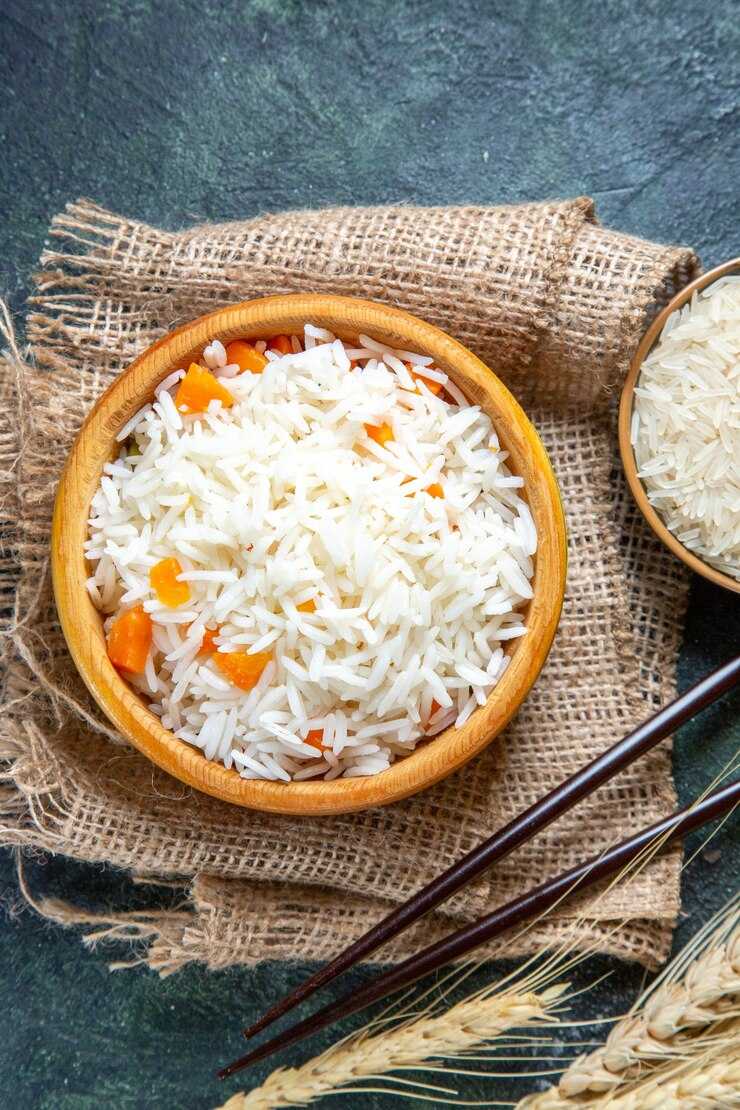Is White Rice Healthy or Bad for You?
Many people consider white rice an “empty” or “bad” carb since it loses nutrients when the bran and germ are removed. However, white rice is typically enriched with added nutrients such as iron and B vitamins. So while brown rice does have more nutrients than white rice, white rice is still considered nutritious. Although white rice is processed, it’s usually enriched with added nutrients.
Also, its low fiber content may help with digestive issues. Brown rice, however, is more nutritious, contains more fiber, and is a better choice for diabetes, heart disease and weight maintenance.Many health communities view white rice as an unhealthy option.
It’s highly processed and missing its hull (the hard protective coating), bran (outer layer) and germ (nutrient-rich core). Meanwhile, brown rice only has the hull removed.
For this reason, white rice lacks many vitamins and minerals that are present in brown rice.
However, there are some instances where white rice is a better option than brown rice.
This article helps determine whether white rice is healthy or bad for you.
Stripped of Fiber and Nutrients
White and brown rice are the most popular types of rice and have similar origins.
Brown rice is simply the entire whole rice grain. It contains the fiber-rich bran, the nutrient-packed germ and the carbohydrate-rich endosperm.
On the other hand, white rice is stripped of its bran and germ, leaving just the endosperm. It’s then processed to improve taste, extend shelf life and enhance cooking properties (1Trusted Source).
White rice is considered empty carbs since it loses its main sources of nutrients.
However, in the US and many other countries, white rice is typically enriched with added nutrients, including iron and B vitamins like folic acid, niacin, thiamine and more (2Trusted Source, 3Trusted Source).
This table shows how 3.5 ounces (100 grams) of the different types of rice compare nutritionally when cooked (4, 5, 6).


